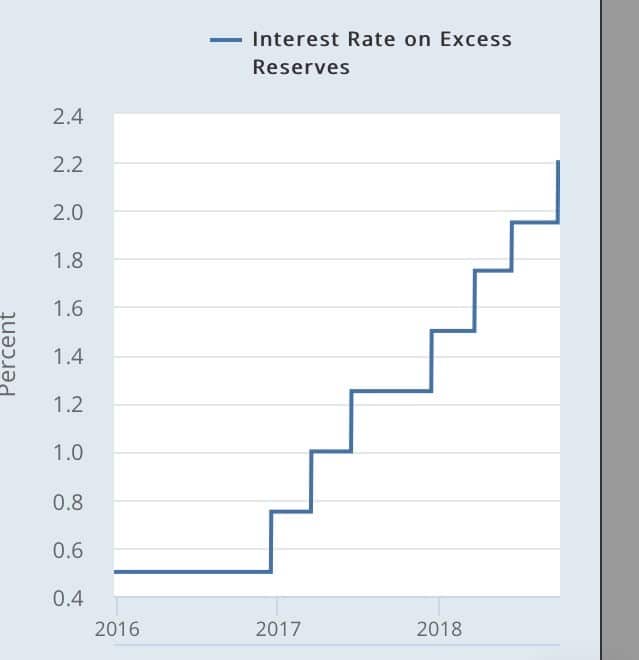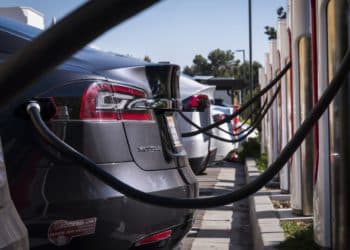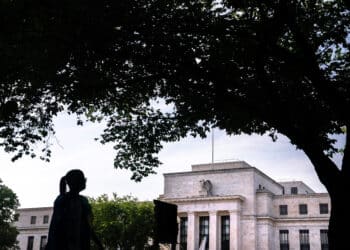Why Lenders Should Pay Attention to the Fed’s Interest on Excess Reserves
Federal Reserve Chairman Powell’s announcement on September 26 of the Fed Funds target range increase to 2-2.25% was widely covered in the news. It was generally messaged like most rate increase announcements. That message is that its important news we were all waiting for and could now take necessary action. The truth is, this announcement is for most practical purposes and uses, old news.
In the capital markets area of the auto sector, for example, ABS bonds that trade have been doing so off of higher 1, 2, and 3 year US Treasury benchmarks. Any newly issued bonds have also priced higher off the benchmarks that had moved up slightly this summer. The announcement of raising the target “Fed Funds” rate is a trailing indicator that doesn’t have any practical impact on any of us.
What does have the potential of real impact, and something we should all want the Fed and the news to cover more substantially is Interest on Excess Reserves or IOER for short. This is a little-known rate to the public, but it is one that is very meaningful to banks.
I’ll get back to an auto-related point soon, but for quick background, banks have been holding “Excess Reserves” at the Fed since 2008. This didn’t exist before the financial crisis. The excess reserve level peaked at $2.7 trillion in August 2014 and is now down to $1.8 trillion. This is still a significant amount of cash that can also be described as loanable funds that have nowhere else to go. These funds end up at the Fed because the Fed pays interest on them, and as of September 26, that rate was quietly increased to 2.2%. Banks get this money for simply sending excess cash to the Fed.

Now back to auto, if and when the Fed lowers this IOER rate or banks feel like there is more opportunity in the private sector, the money will begin flowing out. And again, almost $2 trillion is a lot of cash so the economy will feel it, and in a good way.
One strategy for banks would be returning to M&A that was common in previous periods of economic growth pre-financial crisis. A bank could certainly increase lending in its regular business lines, but buying something like a company doing equipment leasing, payments processing, or even an auto finance company maybe, are sensible was to grow and expand vertically and earn more than 2.2%.
With the potential for increased cash coming into the market and target returns now over this 2.2% easy button level, we would see auto loan rates increase. Even for banks that focused only expanding wholesale lending through lines of credit, they would push consumer rates up through higher cost of funds they pass down to the retail financing source.
If and when banks begin pulling back excess reserves, the asset side of the Fed’s balance sheet would decrease through the sale of US Treasury bonds and that would push up benchmark rates, which would, in turn, affect rates on ABS bonds and would push up consumer rates. This could potentially happen at a faster pace than we are used to seeing in the orderly rate increase announcement world.
So as a takeaway, if you want to know what will happen to interest rates in auto finance, turn off the TV news waiting for Fed Funds announcements, and make regular checks with the Fed’s website directly for the direction of excess reserves and the rate they earn, IOER. You’ll at least have a great new word to work into conversation at your next business meeting or social event. If the news won’t cover it, then it’s up to us to help pass on some education along with excellence today in auto finance.










